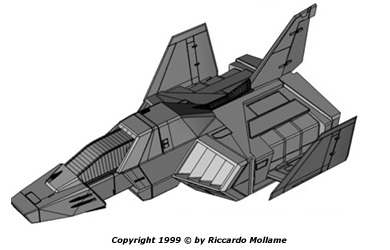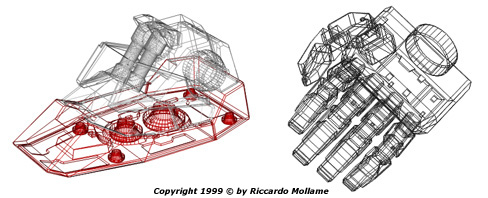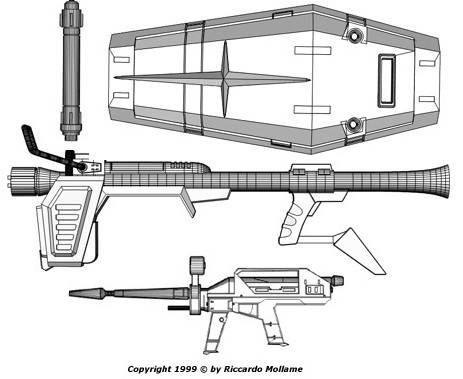The making of Gundam
The structure of Gundam is a remarkable combination of geometric shapes and smooth, nearly organic, profiles: I had to use a lot of bevel, smshift, stretch and taper operations, while I've completely left aside tools like patch and metaform. Surprisingly, the most difficult part of the body has been represented by legs, which absorbed nearly 60% of my efforts: in that case, I have successfully used the skin tool, together with raw and direct work on single points, by moving and dragging.

A good source of inspiration could nevertheless come from Gundam's opponents: the brilliant idea to have a limited number of enemy mobile suit models fighting against Gundam (like, if you forgive the comparison, Spitfire versus Messerschmitt in WWII) brings a great range of choice for the 3D modeler.


Differing a broader and more detailed discussion about the size of the hypothetical real life robots in a section expressly devoted to the matter, I can't help but mentioning that taking for good the "official" height of the robot, namely 18 meters, would imply the core fighter wholly deployed be approximately the size of a F1 racing car: the poor Amuro Rey (Gundam's most famous pilot) would be packed accordingly, surely being very far from having the plenty of room seen in the scenes of the cartoon.
While in the case of the Great Mazinger I finally succeeded, despite after many trials, in creating a cockpit substantially compatible with respect to both aircraft operational situations (flight and robot driving), for Gundam I've found myself compelled to re-model a cockpit specific for the robot along with a brand new instrumentation: the having mixed images depicting the various phases of the robot build-up and the close-up of the pilot housing inside Gundam's waist is nothing less than an attempt to cheat the viewer (I'm guilty, I confess).

